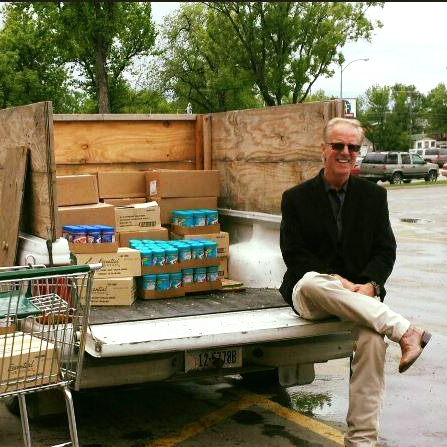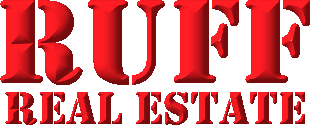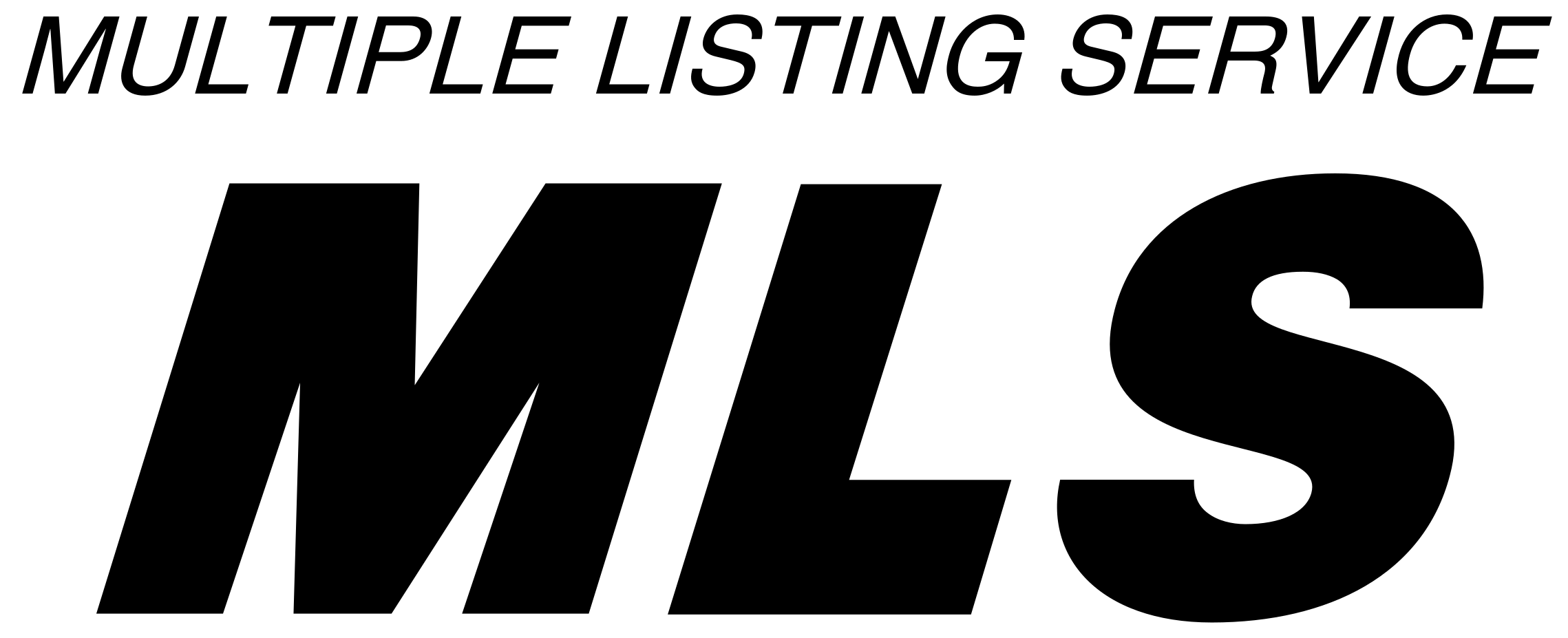Listings
Search by price
|
  |
|
General Information
The City of Havre is located in a level valley formed by the Milk River, which courses through the area from west to east. The City lies on the south side of the river with unincorporated North Havre lying to the north. On the north side, hills rise abruptly to about 200 feet above the valley floor. The gently rolling land mass north to the Canadian border increases slightly in elevation. The railroad lines follow the south side of the river channel to the terminal, switch yards and repair facilities located near Havre's Central Business District. The railroad facilities separate the City from the river. U.S. Highway No. 2 traverses the area east and west generally paralleling the railroad. The commerce of the City was founded around the railroad terminal, and growth has occurred about this point and Highway No. 2. The business community has grown by serving a large surrounding region. Growth of the Central Business District has resulted in a fairly condensed core, with business trailing off only along Highway No. 2. This strip development along the highway has resulted in the unfavorable characteristics of traffic problems and a mixing of land use. Residential development has occurred around the business district, with development seeking the level valley floor and then moving onto the level plateaus. The nature of the terrain has resulted in leaving excessive slope land free of development and allowing this open space land to finger into the City. The land also rises to the south. The Bear Paw Mountains, 15 to 30 miles south of Havre, rise to peaks of 4,000 to 5,000 feet above sea level and several are above 6,000 feet. Much of the area away from the Milk River Valley bottom is hilly with a considerable variation between hills and valleys. Drainage The Milk River enters Hill County from Canada near the northwest corner of the county and leaves east of Havre. The river lies within a 1/2 mile wide basin which is subject to flooding when the meandering river has heavy flow. The Fresno Reservoir, 12 miles northwest of Havre provides flood control in the spring and water storage. Surface run-off is to the Milk River by creeks such as Bull Hook. Bull Hook and Scott Coulee run-offs from the south can be diverted south of Havre as a flood control measure. The Bull Hook channel extending through Havre provides a natural surface water run-off to the Milk River. The Milk River is vital to the City as a prime source of water, for sanitary sewage disposal and surface water run-off. It also has a scenic and recreation potential which has not been realized. Pollution control measures are necessary to protect the water supply and to preserve the quality of the river and the City. Flora Residential areas of Havre contain a marvelous display of boulevard trees. The most common boulevard tree is green ash, also the American and Siberian elm and various species of cottonwood and poplar are common shade varieties; Box Elder is also grown. Cottonwood is a common native along the Milk River, some willows, wild rose bush and other shrubs are also found. Trees are not native to the area except in the river flood plain land. Native grasses and some low growing brush and shrubs occupy the landscape. This native landscape extends into the city along bluffs and aesthetically it is very pleasing. Native grasses are Western wheatgrass, blue green needle, etc.; brush and shrubs, wild rose, buckbrush, chokecherry, buffalo berry, fringed sagewort, broom snakeweed, and silver sage. Soils The U.S. Soil Conservation service has prepared a detailed soil analysis of the Havre area. This analysis was published in 1971. There are some 50 soil types identified and these soils have been evaluated for 19 conditions of engineering, recreational and community, and agricultural limitations. A review of these soils reveals that soil limitations for urban use are slight to moderate within most of the urbanizing area. Soil types identified as Cabbart fine sandy loam, Havre and Hanly soils, Hillon soils, and Yawdim-Shale have severe limitation for building construction and for septic tanks. These soils occur on the steep slopes, along the river, and in part of the Bull Hook Creek area. These areas are not suitable for urban development. These are the locations that are identified on the Plan as areas proposed for open space land and conservation. Within the remainder of the urbanizing area soil conditions are generally satisfactory for urban use. However, detail analysis of soils should be made for each site before it is developed. The soils study provides general information within the entire planning area which is a valuable tool for planning. Topography The area lies in the glaciated portion of the Northern Great Plains. The greater part of the county is a rolling plain characterized by broad glaciated divides, sloping gently in an easterly and southeasterly direction. Downtown Havre is at an elevation of 2,500 feet above sea level. All land within the Havre urban area is within a range of 2,460 feet to 2,750 feet. While most land is buildable there are about 4,000 acres of excessive slope in the planning area. The topography is generally favorable for urban expansion. Excessive, or steep, sloping areas should remain undeveloped. Climate Summers are characterized by warm, but seldom hot, weather. The daytime warmest reading usually runs from the eighties to the mid-nineties most of July and August, but summer relative humidity is seldom as high as 50% during afternoon hours. Summer time night temperatures are rarely oppressively warm. Fall seasons are characterized by clear weather, although cold snaps of a day or two with some snow, can occur as early as mid-September. Winters are cold in the Havre area, but snow cover is seldom more than a few inches and usually some ground is bare. Frequent invasions of cold polar air move down across these rolling plains bringing snow and sub-zero temperatures. Spells of mild weather do occur at least a few times each winter. Foehn winds arrive sometimes fresh to strong, southwest to west, locally referred to as "Chinooks." The transition from winter to spring conditions is fairly rapid in the usual year, but cold snaps and snow can occur as late as early May. About half of the total annual rainfall falls during May, June, and July when it is needed most by agriculture. (The average date of last 32 degree minimum temperature in the spring is May 9; and first 32 degree minimum in the fall is September 23. The average length of the growing season, between 32 degrees freezing, is 138 days.) |




